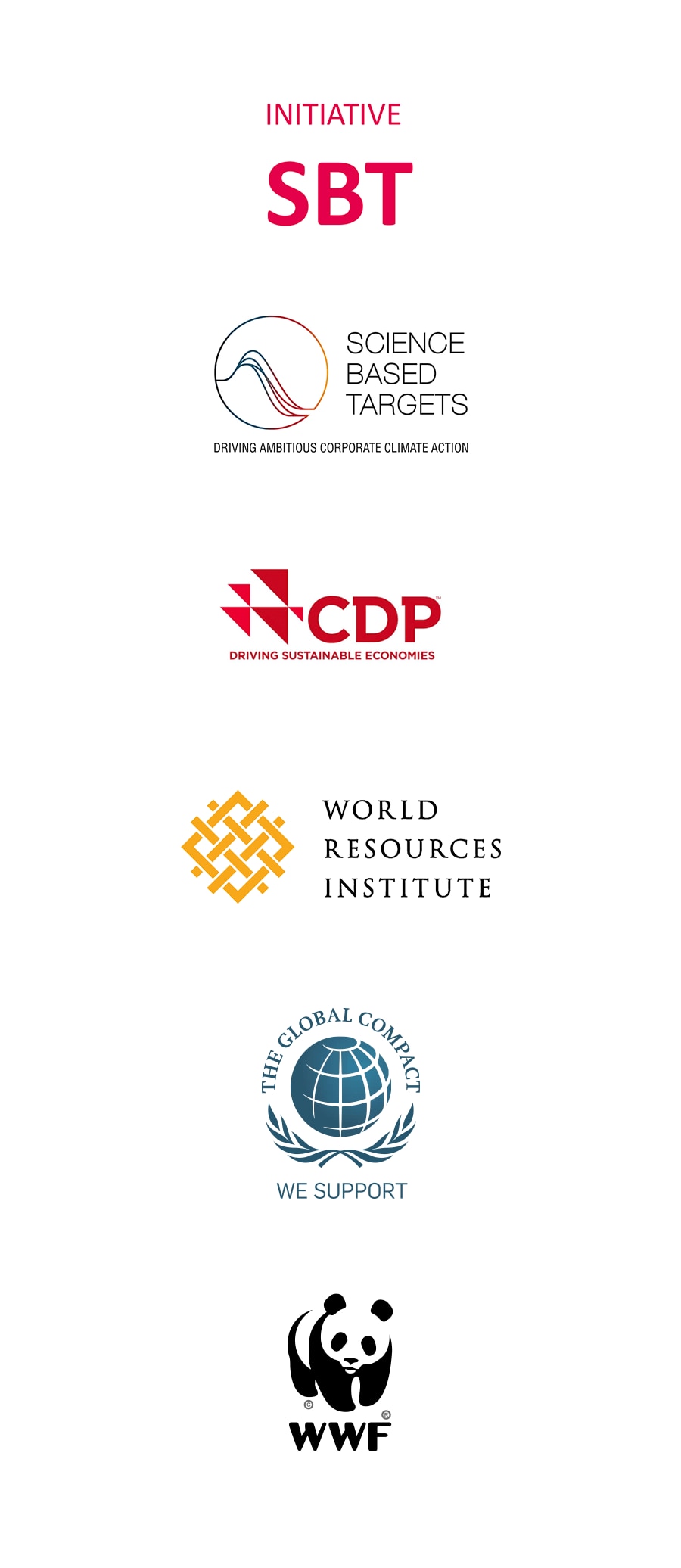
Article published in: August 2021
Authored by
DIMITRI CAUDRELIER
Former CEO,
Quantis

The concept of Planetary Boundaries was born in 2009, when the Stockholm Resilience Institute – led by its director Johan Rockström – and 28 renowned scientists, worked to identify the different processes that regulate our planet’s resilience. This framework describes 9 planetary boundaries, which, if respected, will enable our future population to grow sustainably.
Since the Paris Climate Agreement was adopted at COP 21 in 2015, The Climate’s Planetary Boundary is correlated to capping the increase in temperature associated with global warming to below 2°C compared to pre-industrial levels.
The Paris Agreement also stated that, if possible, this goal should be strengthened to limit global warming to 1.5°C. In October 2018, the IPCC released a special report on the consequences and mitigation actions needed to stay within that threshold. The conclusions are quite clear: limiting global warming to 1.5°C is still feasible but requires a significant, immediate, paradigm shift.

The Science Based Targets initiative (SBTi) was launched alongside COP 21 to support companies in defining GHG emissions reduction goals that align with The Climate’s Planetary Boundary, hence considered as science-based.
This initiative is a collaboration between the Carbon Disclosure Project (CDP), the World Resources Institute (WRI), the World Wide Fund for Nature (WWF), the United Nations Global Compact (UNGC) and one of the We Mean Business Coalition commitments.
It provides a recognised framework and promotes best practices in science-based target setting, offers resources and guidance to reduce barriers to adoption, and independently assesses and approves companies’ targets. Additionally, by making those commitments and targets public, the SBTi encourages companies from all sectors to demonstrate their leadership.
The vast-expanding list of companies that have engaged is proof of the momentum. Almost 900 companies have currently committed to set Science-Based Targets in the coming 2 years.
Overall, the SBTi champions science-based target setting as a powerful way to boost companies’ corporate commitments in the transition to a low-carbon economy.
LOOKING BEYOND CARBON
While SBTi is gaining momentum among organisations of all sizes, sectors and locations, leading companies and NGOs have started thinking about how to develop similar approaches to define targets beyond carbon. These include other planetary boundaries that regulate the Earth’s system like fresh water use, land use, and geochemical flow.
Currently, a transformation of how businesses are setting and evaluating sustainability goals is underway. Companies are now going from setting sustainability goals based on what is internally feasible, to setting goals that respect and remain within our Planetary Boundaries.


WHICH SECTORS ARE LEADING THE WAY?
Leading businesses recognise the imperativeness of future-proofing their organisations. Thought leaders have heeded the warnings about the impacts of climate change on their activities – both at operational and supply chain levels – in terms of physical risks, brand image, license to operate, resource availability, price fluctuation, etc., and understand that they must be part of the solution on a global scale to enhance the resilience of their businesses.
Nowadays, companies acting in more than 40 different sectors of activity (e.g. Food and Beverage Processing, Banks, Diverse Financials and Insurance, Software and Services, etc.) and from all regions, have committed to defining targets in the coming 2 years or have already done so. The Food and Beverage Processing sector is leading the way, with 40+ companies having set science-based targets and 35 more having committed to doing so in the next 1-2 years. The number of companies engaged in the process increases regularly and can be seen here.
WHAT BENEFITS CAN COMPANIES EXPECT FROM COMMITTING TO SCIENCE-BASED TARGETS?
In addition to taking responsibility in preventing climate change, science-based targets generate key opportunities for businesses:
- Increased innovation: the transition to a low-carbon economy will catalyse the development of new technologies and operational practices. The companies that set ambitious targets today will lead in innovation and transformation tomorrow.
- Greater investor confidence and credibility: companies taking a leadership position on climate action boost their credibility and brand reputation among stakeholders, including investors, customers, employees, policy makers and environmental groups.
- Improved profitability: setting ambitious targets now ensures a lean, efficient, and durable company in a future where resources become increasingly more expensive.
- Optimised supply chains: the SBTi forces companies to look at their entire supply chain and identify their hotspots. The initiative also emphasises the importance of having a set of identified actions to reach Scope 3 targets. This encourages companies to collaborate with their suppliers, finding solutions and developing innovations together.
All these benefits enable companies to create a competitive advantage to ensure future growth and improved resiliency to potential market fluctuation.
WHAT IS A SCIENCE-BASED TARGET BASED ON?
A science-based target setting method refers to a procedure that companies can follow in order to determine a level of decarbonisation that is consistent with the goal of keeping the increase of the Earth’s temperature to below 1.5°C compared to pre-industrial levels. Science-based target setting methods are described by three main elements:
- The carbon budget represents the maximal GHG quantity that can be emitted in the atmosphere to stay within the climate’s planetary boundary.
- An emissions scenario that is a time-allocation of the carbon budget; they are the best available projections, based on science, of required future GHG emissions.
- An allocation mechanism shares the efforts among a region or a sector.

HOW DO YOU DEFINE A SCIENCE-BASED TARGET?
Science-based reduction targets follow strict criteria defined by the initiative.
Scope 1 & 2 targets must lead to an absolute reduction that is in-line with the 1.5°C scenario. Companies that have Scope 3 emissions representing more than 40% of their total GHG emissions must define ambitious targets covering 2/3 of their Scope 3 emissions or the top 3 categories.
While Scope 1 & 2 emissions must lead to an absolute reduction in line with well-below 2°C or 1.5°C, Scope 3 emissions must be aligned with a 2°C ambition. All of the targets – whether they be Scope 1,2 or 3 – can be expressed in absolute or intensity reduction as long as the latter lead to the needed absolute reduction.
So far, offsetting and avoided emissions are not accepted by the initiative as a way to reach the required reductions, however they can be used to reach Zero Net commitments – as long as the reduction forecasted is aligned with SBT requirements.

DEFINITION OF SCOPE 1, 2 AND 3
The GHG Protocol Corporate Standard classifies a company’s GHG emissions into three ‘scopes’.
Scope 1 emissions are direct emissions from owned or controlled sources.
Scope 2 emissions are indirect emissions from the generation of purchased energy.
Scope 3 emissions are all indirect emissions (not included in Scope 2) that occur in the value chain of the reporting company, including both upstream and downstream emissions.

DIFFERENCE BETWEEN ABSOLUTE AND INTENSITY GREENHOUSE GAS (GHG) EMISSIONS
Absolute reductions refer to the total quantity of greenhouse gas (GHG) emissions being emitted, whereas intensity compares the amount of emissions to some unit of economic output (kg of coffee, for instance).
While defining targets is a key step in getting closer to reaching the 2°C global commitment, the hardest part lies in identifying the carbon roadmap that will enable the company to reach these bold climate goals.
These roadmaps need not only to tackle key environmental impacts, but they also have to be meaningful for the business. Such commitments can’t be answered by taking care of low-hanging fruits anymore and will require companies to develop innovative and disruptive solutions that may lead to business model changes or longer-term investments. This is a real paradigm shift in how companies approach climate strategies.
WHAT IS YOUR ADVICE TO NESPRESSO?
2020 has brought unprecedented disruption, and I believe it can still be the year that opens up the decade of change. Together, we must design a new world, one where businesses operate within our planet’s boundaries while elevating our social fabric.
Nespresso has shown leadership in climate action over the last 10 years, setting ambitious reduction goals and innovative mitigation mechanisms for carbon removal.
In 2020, it’s time for Nespresso to define a new set of targets. In a world where global warming is considered as one of the biggest risks that companies are facing, leading companies must take their responsibilities and define bold commitments. Engaging with the Science Based Target initiative to define reduction targets aligned with the 1.5°C limits seems like the natural next step. In addition, aiming to reach Net Zero on your entire value chain would enable Nespresso to align with the global community’s goal to remain below 1.5°C.

I recommend leveraging the SBTi initiative as it provides the best framework to define the post-2020 climate goals for the company, and then focus on executing a robust and pragmatic climate Roadmap to achieve them.
Implementing the Roadmap to reach these targets is the hardest part. We have worked with Nespresso in recent years to set targets as well as identify actions to implement and understand their reduction potential. Moving to action on these bold commitments is where transformation truly happens, and Quantis will continue to journey with Nespresso as it deploys its climate Roadmap.

